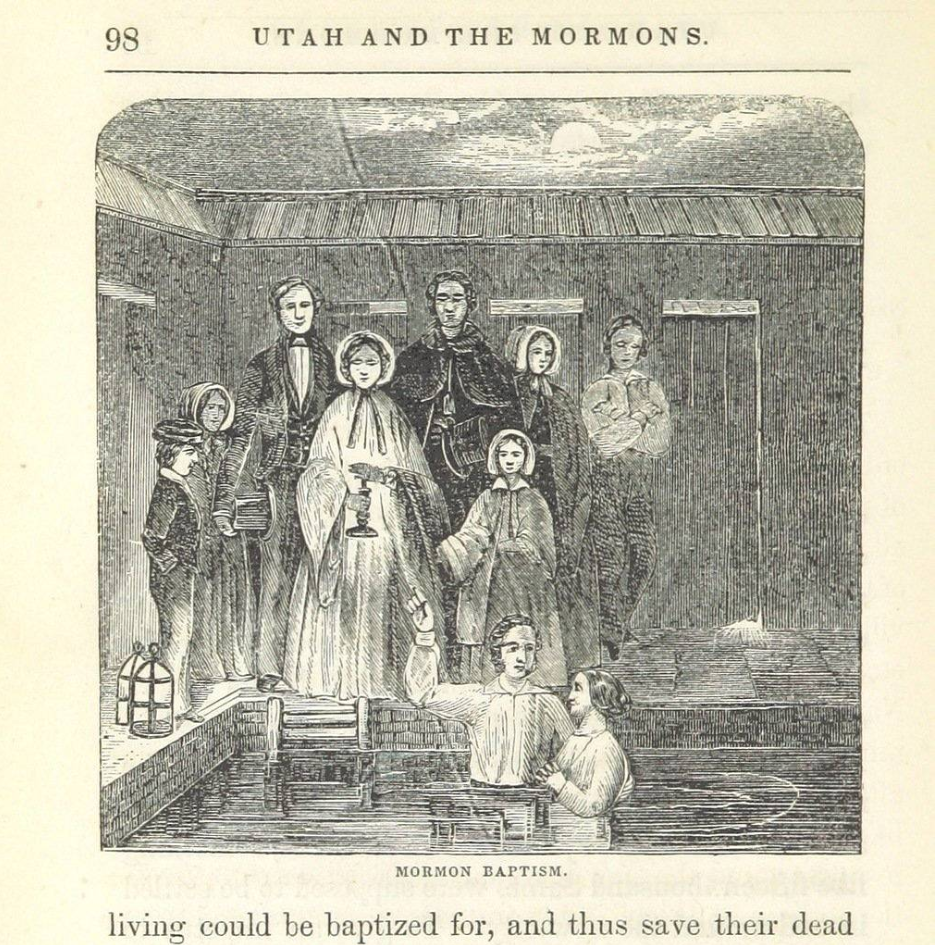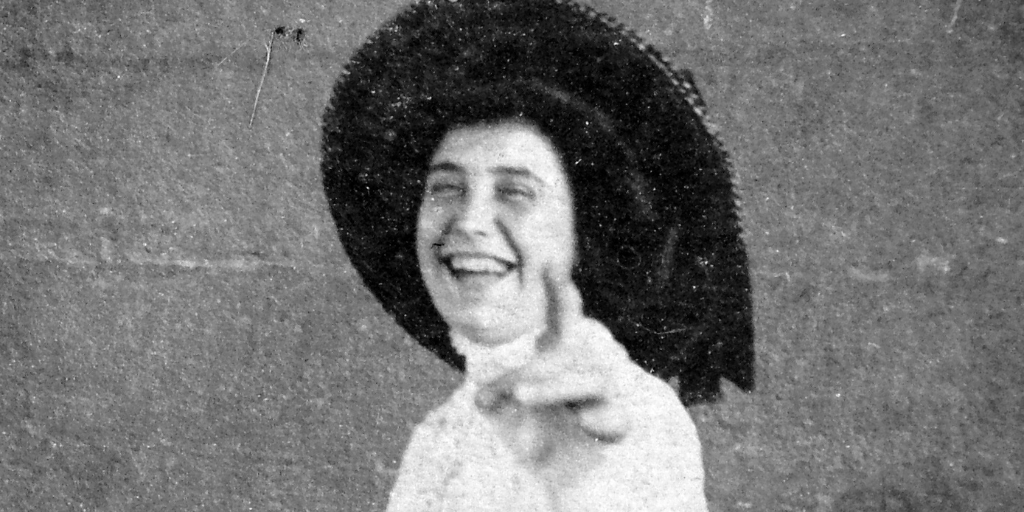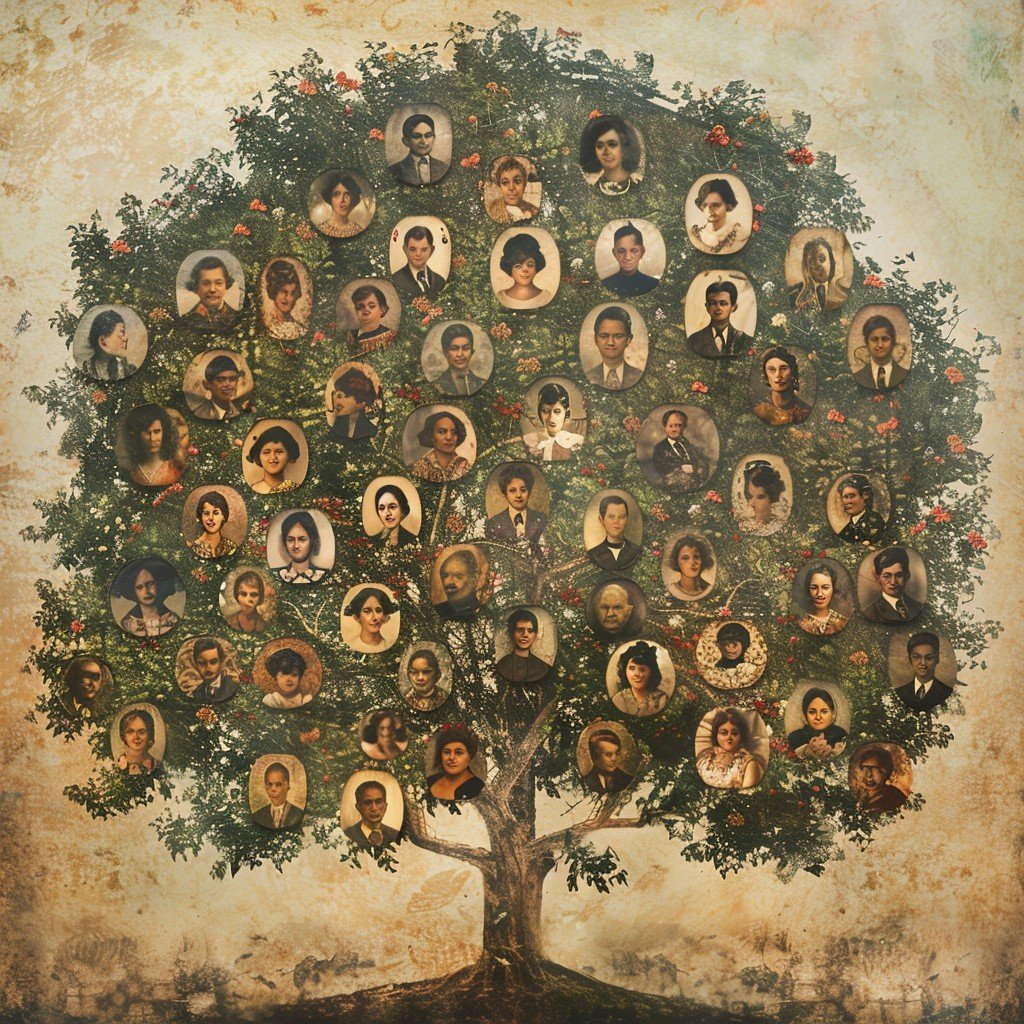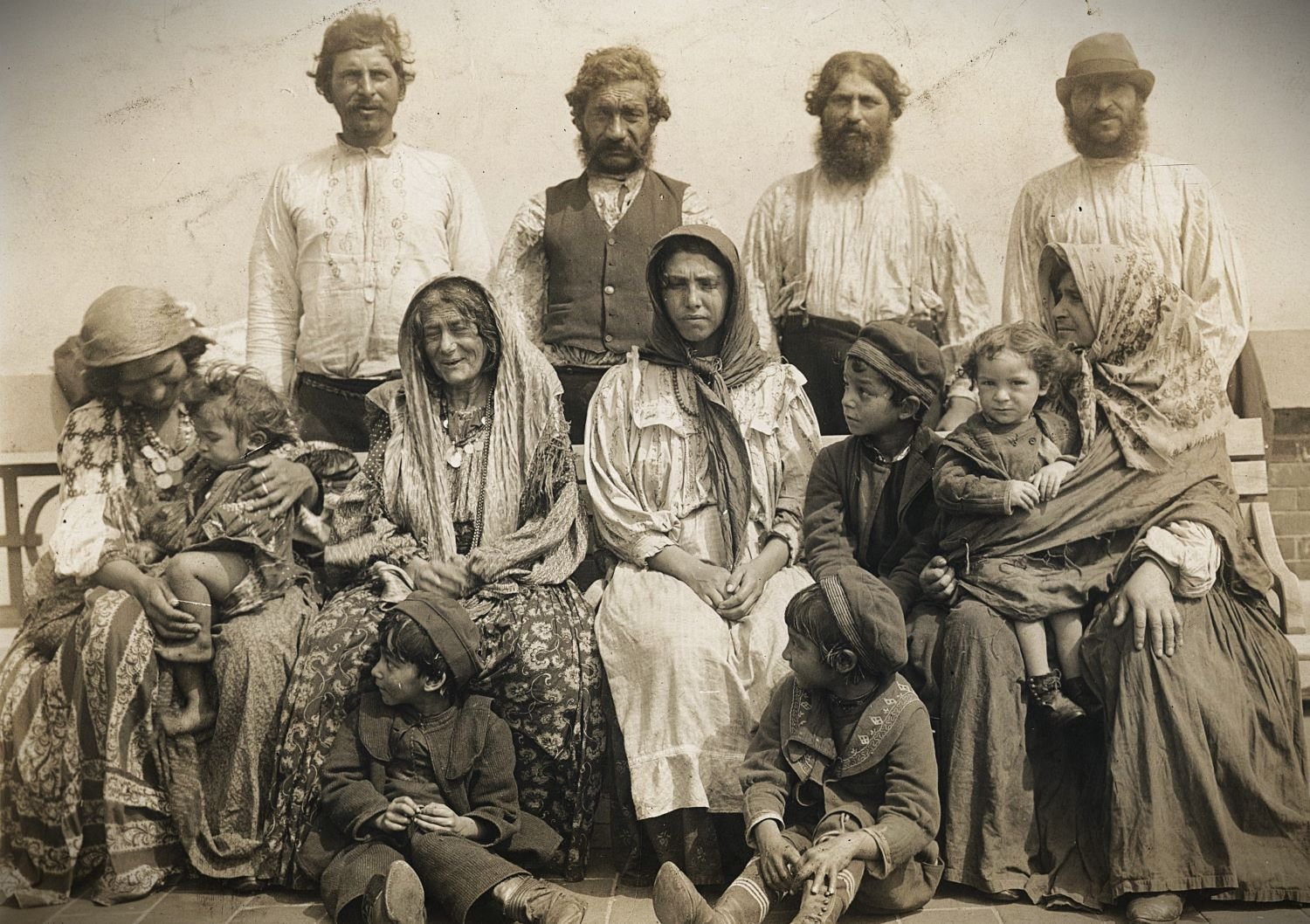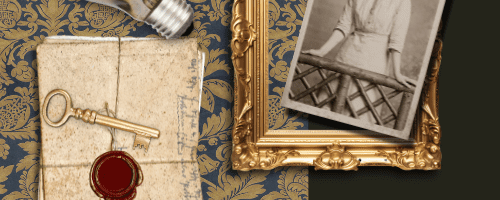Utah and Genealogy: A Strange and Beautiful Relationship
The story of genealogy in Utah is inseparable from the story of the Church of Jesus Christ of Latter-day Saints — often called the LDS Church or Mormon Church. While the term “Mormon” is still widely used, the church itself has moved away from it in recent years, preferring its full name. That said, the “Mormon” legacy in genealogy is hard to overstate.
Since the mid-1800s, Latter-day Saints have been meticulously documenting family histories, not just for sentimental reasons but for deeply religious ones. The belief in eternal families and the importance of temple ordinances — like baptism and sealing — meant that members of the church were often researching not just their parents and grandparents, but distant ancestors they’d never met. The idea? You could save souls by knowing your family tree.
As strange as it might sound, that spiritual drive led to the creation of one of the world’s most impressive archives of genealogical information. And now the rest of us get to benefit from it.
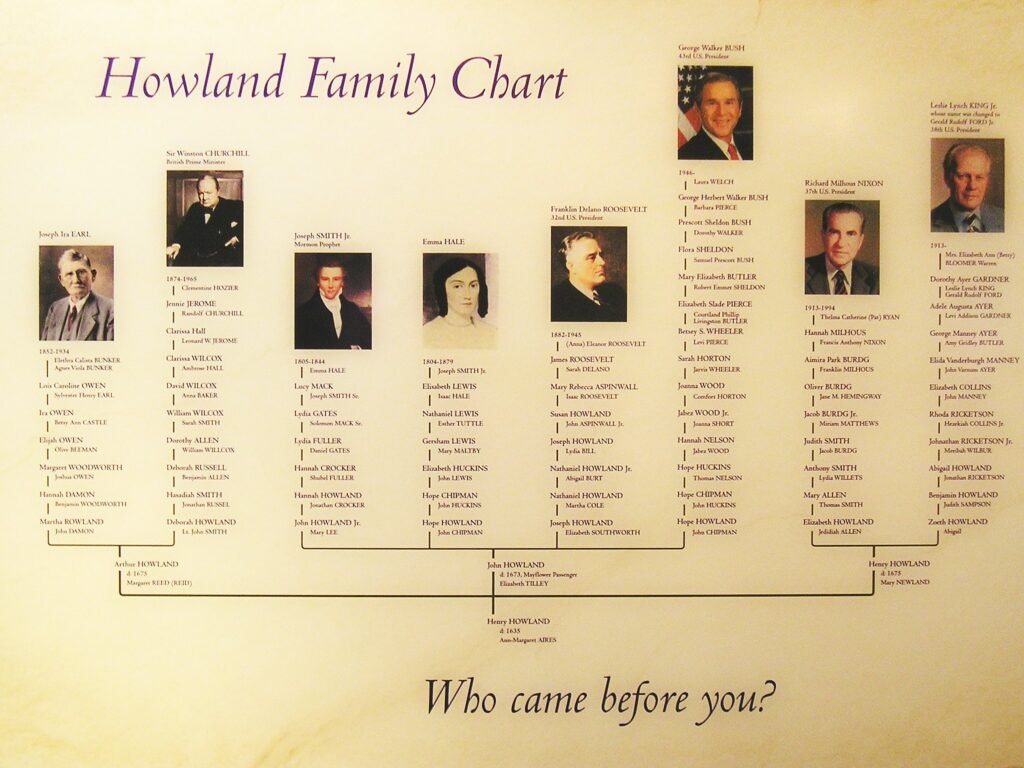
The Mormon Migration: From Persecution to the Promised Desert
To understand Utah genealogy, you need to follow the wagons. And it’s a wild ride.
The Church was founded in 1830 in upstate New York by Joseph Smith. Within a decade, its followers had been driven out of multiple states — Ohio, Missouri, and Illinois — due to suspicion, fear, and violent persecution. After Joseph Smith’s death in 1844, leadership passed to Brigham Young, who orchestrated the mass migration west.
In 1847, the first group of Mormon pioneers reached the Salt Lake Valley, which was then part of Mexico. Over the next few decades, tens of thousands followed, often in organized wagon trains or even handcart companies. Some walked the entire journey from Iowa to Utah, pulling their worldly possessions behind them.
This wasn’t just an American migration story — it became international. Converts from England, Denmark, Sweden, and Germany poured in. The church’s missionary program was in full swing, and Utah became the gathering place for people who believed they were building Zion in the desert.
From a genealogist’s perspective, this is gold. Why? Because these migrations were recorded, organized, and often incredibly detailed. Passenger lists, handcart rosters, personal journals, church records, you name it, someone probably archived it.

Settlement Patterns and What They Mean for Your Research
Once in Utah, the early Latter-day Saints didn’t just huddle together in Salt Lake. Brigham Young sent groups out to colonize nearly every habitable corner of the territory. This is why your ancestor might show up in Salt Lake City in 1850 and then in St. George, Logan, or Provo just a few years later.
These “calls” to settle new areas were often documented in church minutes or journals. And because these settlements were almost always organized by wards (local church congregations), you can often follow an ancestor’s trail just by tracing where they attended church.
Be warned though – they moved a lot. Sometimes for church assignments. Sometimes for farming land. Sometimes because polygamy got awkward and Grandpa needed some space.
How the Mormon Faith Shapes the Records Themselves
Here’s where things get really good.
1. Temple Records and Ordinance Logs
These include baptisms, endowments, sealings, and more. Often, these documents will list not just names, but birth dates, parents’ names, places of birth, and relationships across generations.
Source: FamilySearch.org – LDS Membership and Ordinance Records (various collections)
2. Family Group Sheets and Pedigree Charts
The LDS Church encouraged members to submit charts and family histories for temple work. These were often collected, stored, and digitized. While some contain errors or family lore, many are treasure troves.
3. Ward and Stake Records
These are some of the least known, but most revealing. They include disciplinary actions (yep), movement between congregations, church callings, and deaths. They can be found in church archives and sometimes in digitized formats through BYU or the Utah State Archives.
The Polygamy Factor
Let’s talk about the elephant in the family tree.
Between the 1840s and the church’s public renunciation of polygamy in 1890, many Mormon men had multiple wives. Some continued quietly afterward. For genealogists, this can get confusing fast. Children might be listed under different households, wives may appear under initials or nicknames, and census records can seem contradictory.
But don’t panic. The LDS Church kept detailed family records that often clarify these relationships. And many descendants have already pieced together the puzzle – especially if your ancestor was, say, a minor prophet with 37 grandchildren.
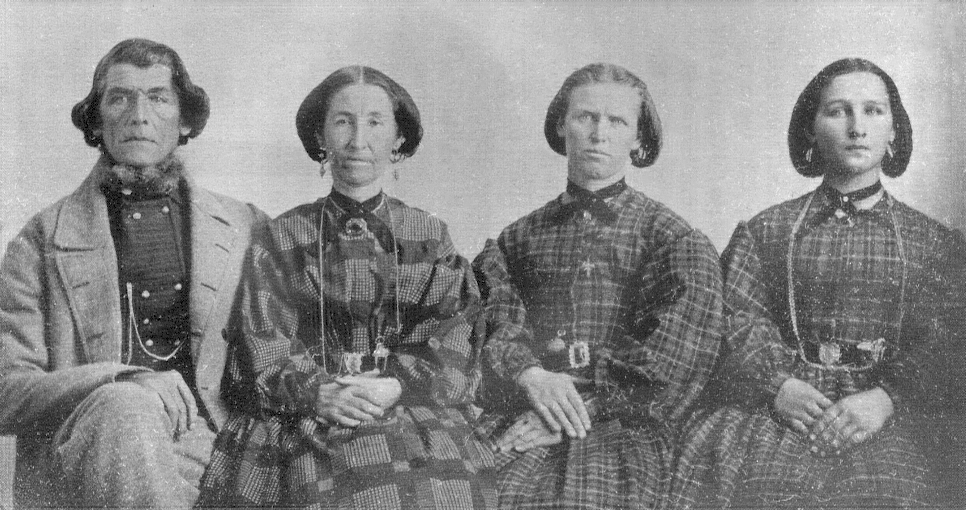
What If Your Ancestors Weren’t Mormon?
No worries. Utah was never 100% LDS.
There were miners, railroad workers, military men, Native communities, immigrants, and even a few rowdy anti-Mormon newspapers. If your family lived in Utah but wasn’t part of the Church, you can still find a surprising amount of documentation, especially in:
- Territorial censuses (1850, 1856, 1870, 1880)
- Land and mining records
- County courthouse archives
- Local newspapers
- Non-LDS cemeteries and funeral home records
Top Resources for Utah Genealogy
Let’s get you digging, shall we?
- FamilySearch.org
Free, massive, and full of Utah-specific tools. Use the catalog to search by county or town. - Utah State Archives
Includes court records, land grants, military files, and more. - BYU Family History Library
Helpful guides, digital collections, and experts who live for this stuff. - Daughters of Utah Pioneers
If your ancestor arrived in Utah before 1869, they might be in here — complete with pioneer sketches, artifacts, and photos. - Utah Digital Newspapers
Excellent for obituaries, scandals, and social announcements. - Mountain West Digital Library
A regional collection with rare books, pioneer journals, and historical maps.

Final Thoughts: Where Saints and Stories Collide
Utah genealogy is unlike anything else in the world. It’s not just about names and dates – it’s about faith, movement, struggle, and the quiet determination of people who believed the family was eternal. Even if you’re not LDS, even if your ancestor just spent one snowy winter in Provo, the layers of this history have shaped the records you’ll find.
And those records? They’re waiting.
So go on, dig in. You’re not just finding ancestors – you’re unearthing the stories that built a desert into a destiny.

